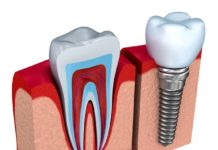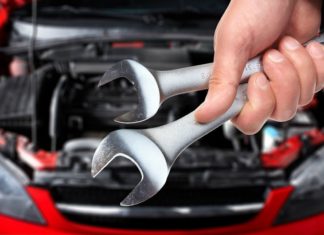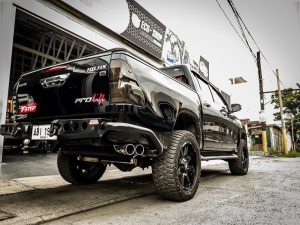
The Toyota Hilux has been Australia’s favourite car for over a decade, offering class-leading reliability, interior and exterior space, off-roading ability, gutsy yet frugal diesel engines, and unsurpassed practicality. All this has earned it a spot in so many Aussie garages. The car is equally good on and off-road, and has truckloads of versatility for both work and play.
Shortcomings of Factory Exhaust Systems
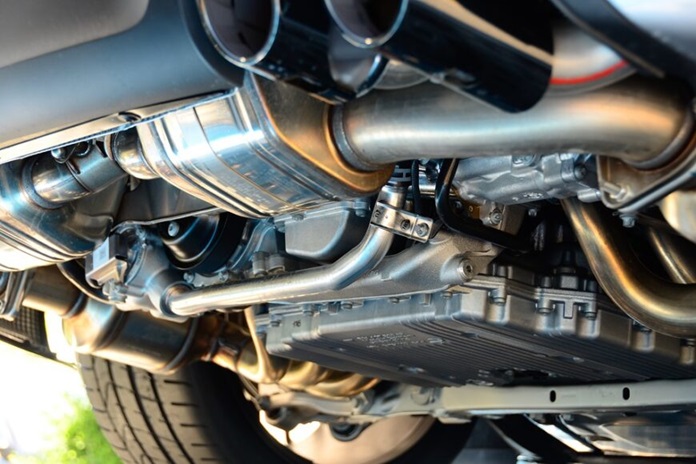
Besides the quality we’ve come to expect from Japanese brands, there are a few corners cut to keep prices affordable. Factory exhausts aren’t anything spectacular. They’re made to an obvious price point that robs much of the engine’s potential. And they’re crippled by stringent emissions and noise regulations that don’t do the car any favours.
Stock variants are often built with crush-bent mild steel. This lacks the needed strength in driving scenarios utes often face, like scraping rocks and branches on trails, and the corrosion resistance when wading through water. Moreover, the use of less material in narrower tubing increases the build-up of high temperatures and pressure as exhaust gases struggle to find their way to the tips. All this hurts performance, as the engine can’t take its next gulp for another combustion cycle.
What Makes Aftermarket Units Better?
An easy fix is bolting on an aftermarket Hilux exhaust which is better than the one the car comes with for several reasons. An aftermarket system is made of mandrel-bent stainless steel to prevent kinking and rupturing, has superior impact strength for the rough stuff, and won’t rust even when completely inundated in water. Additionally, exhaust makers go with straighter and wider tubing to prevent back pressure and ease airflow for smoother performance. The revised layout, better build and superior materials bring a few needed benefits to your ute:
- More power and torque – with more space to breathe, the engine gets a 5 to 10 per cent boost in overall power. There’s also more torque available early on in the powerband, something you’ll appreciate when towing or in off-roading tasks.
- Lower fuel use and emissions – at normal RPMs, reworked exhausts help engine efficiency, thereby reducing fuel consumption. Aftermarket systems also include improved filters and converters that get rid of more toxic gases.
- Durability – thicker walls and better materials and production processes mean the exhaust lasts on impact and has much better heat and corrosion resistance. The exterior also keeps its good looks, with reduced chances of staining.
- Parts tailored to different needs – while most exhausts are complete systems, buyers can hand-pick parts for more performance. Examples include wider mid-section piping, straight mufflers, revised DPF filters and header pipes to speed up the exhaust flow. These can be mixed and matched as needed.
- Lighter weight – although aftermarket Hilux exhaust systems use more steel, they significantly reduce weight because of the straighter tubing with fewer bends.
- A sound to die for – want to hear more of the rumble of the engine? Look for muffler and resonator combos with fewer restrictions. Alternatively, for older utes, go the opposite route (with layouts that cut out excessive droning) and meet current noise and emissions standards.
Choosing Your Next System
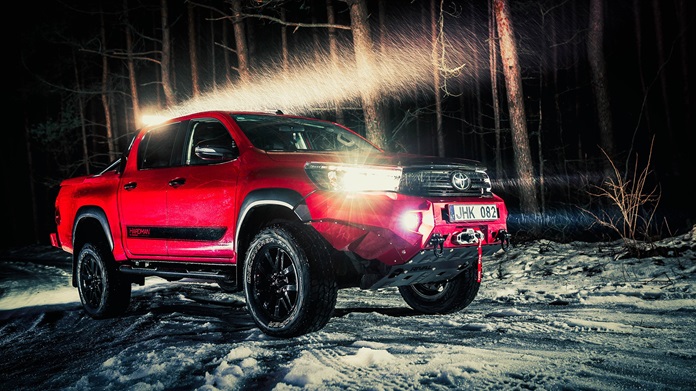
If you’re looking for a Hilux exhaust upgrade, in tune with other extras like 4×4 lights that you’ll use on or off-road, then engine compatibility is key. The car has gone through quite a few model iterations and facelifts, with major improvements in engines in each follow-up. Diesels make the bulk of sales, but entry-level single cabs usually carry a petrol powerplant.
Pairing the Right Exhaust with the Right Engine
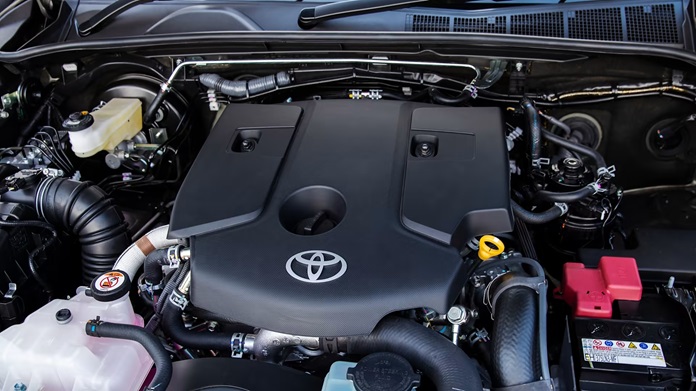
Older, normally aspirated diesels from the late 1990s and early 2000s (the 3L and 5L in-line four engines), in 2.8 and 3-litre capacities benefit the most with a revised Hilux exhaust performance-wise. This brings power ratings close to three figures (up from 90hp in most variants) and adds quite a bit of pulling power to the mix.
Toyota later bolted a turbo to the same engine, adding 30hp and almost doubling the torque. For this engine (1KZ-TE), you’ll be looking at a turbo-back design with reworked header pipes to extract more of the gases. The wider tubing, available in 2.5 or 3-inch diameters, additionally improves flow and exhaust scavenging, so there’s better throttle response, reduced emissions and lower fuel use.
The current crop of 2.8L turbo-charged diesels also see the same benefits, especially with changes to the extractors and connecting downpipes. If you drive a 2.4, 2.7 or 4-litre petrol, more power can be had with the addition of reworked catalytic converters and straight pipes. These too come in the same widths and can be paired with different resonators and mufflers to fine-tune the sound.
Designs and Configurations
Axle-back systems have new exhaust parts from the rear axle to the tips, including new mufflers, tailpipes and tips. These are the cheapest ‘complete’ systems and help the Hilux in the sound and looks department. Step up to cat-back systems in petrol utes and DPF-back variants in diesel Hiluxes for wider mid tubes and more realty space for power gains that you can feel. Or go the whole hog with either a header or turbo-back exhaust and replace all the factory piping for the best power gains. Decide what you need, and get the configuration that ticks all the boxes.
Go with Local Manufacturers
Austalia has a rich automotive engineering history, and though the big car makers have left, the expertise has shifted to independent workshops and companies. If you want top-quality workmanship, high-end materials and exhaust designs that have undergone thorough testing, then choose local builders. Most shops also offer pro installation to ensure everything works as advertised.













